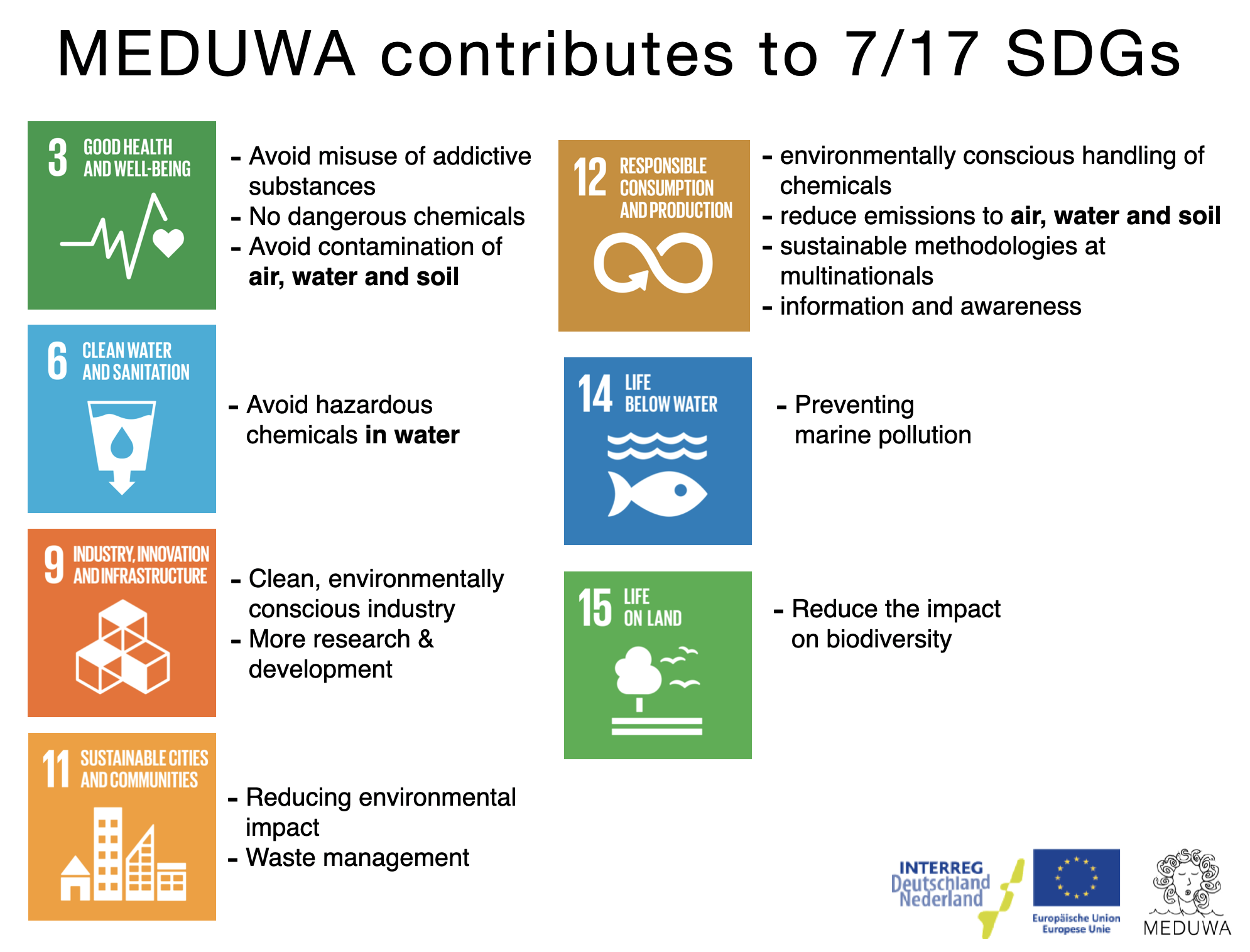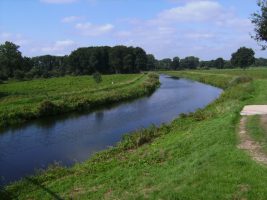Synopsis of the MEDUWA-Vecht(e) project
Download the MEDUWA Flyer and the Public report.
To deal with the complex issue of micro-contamination of soil, food, water and air, a comprehensive set of complementary techniques and methods is required. MEDUWA-Vecht(e) (MEDicines Unwanted in WAter) was a collaborative project of 27 Dutch and German companies, universities, hospitals, and governmental and non-governmental organizations.
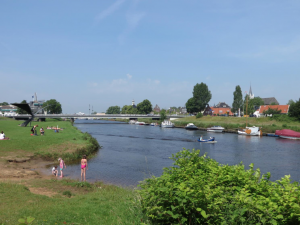
MEDUWA-Vecht (e) focused on the cross-border catchment of the Vechte River as a case study (see figure 2 and 1). The Watershed Information System (WIS) presents information about the water supply, water management approaches and decision-making authorities, the handling of pharmaceuticals and the resulting emissions of active substances into the environment of the Vechte basin.
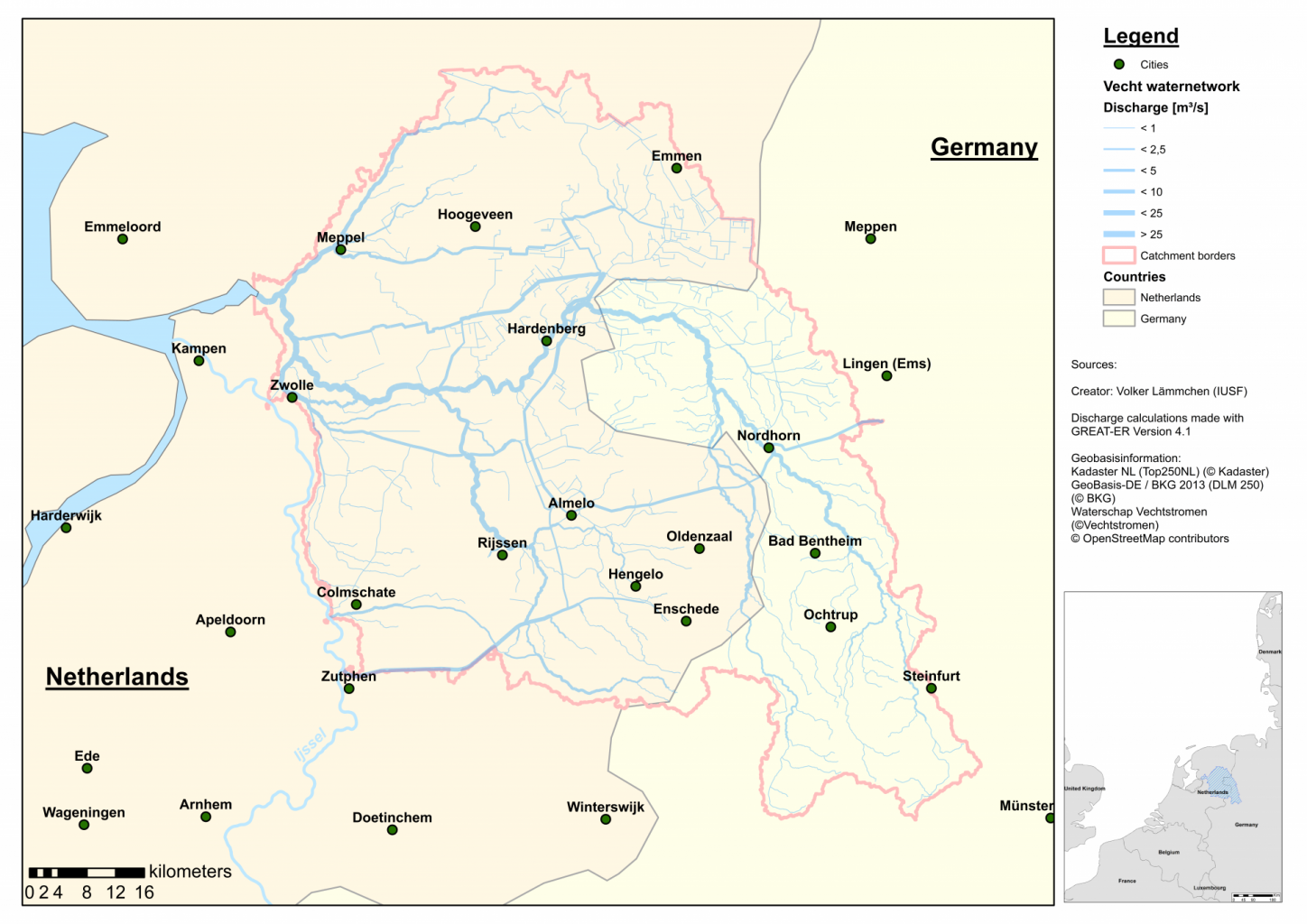
This coalition developed products and services that address the emissions of human and veterinary pharmaceuticals and multi-resistant bacteria in soil, food, water and air, and, at the same, support the regional economy. The most innovative aspect of the MEDUWA project is that it dealt with several stages of the life cycle of pharmaceuticals(see figure 4). The following intervention classes were included (see figure 3):
- measurement, visualization and communication of the problem,
- simulating measures, and
- mitigation and prevention.
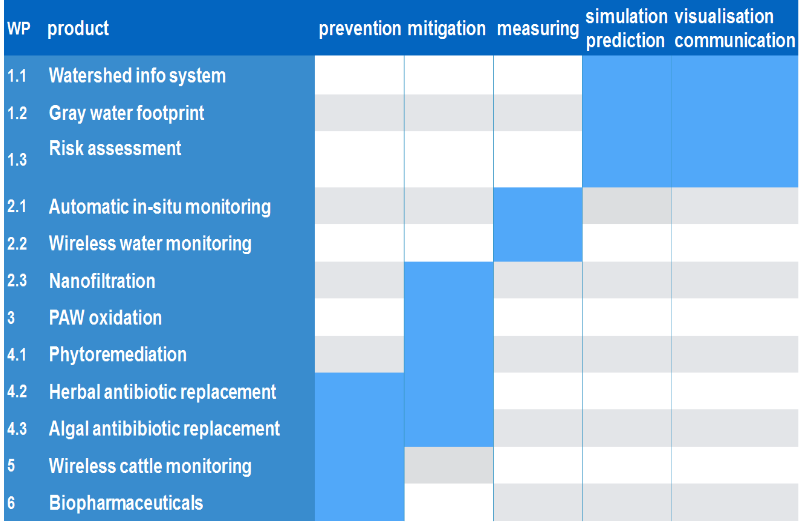
With the help of information and communication technology, strategies, techniques and methods were integrated in order to manage the soil and water system in the catchment area. For more details, see the overview of MEDUWA Innovations.
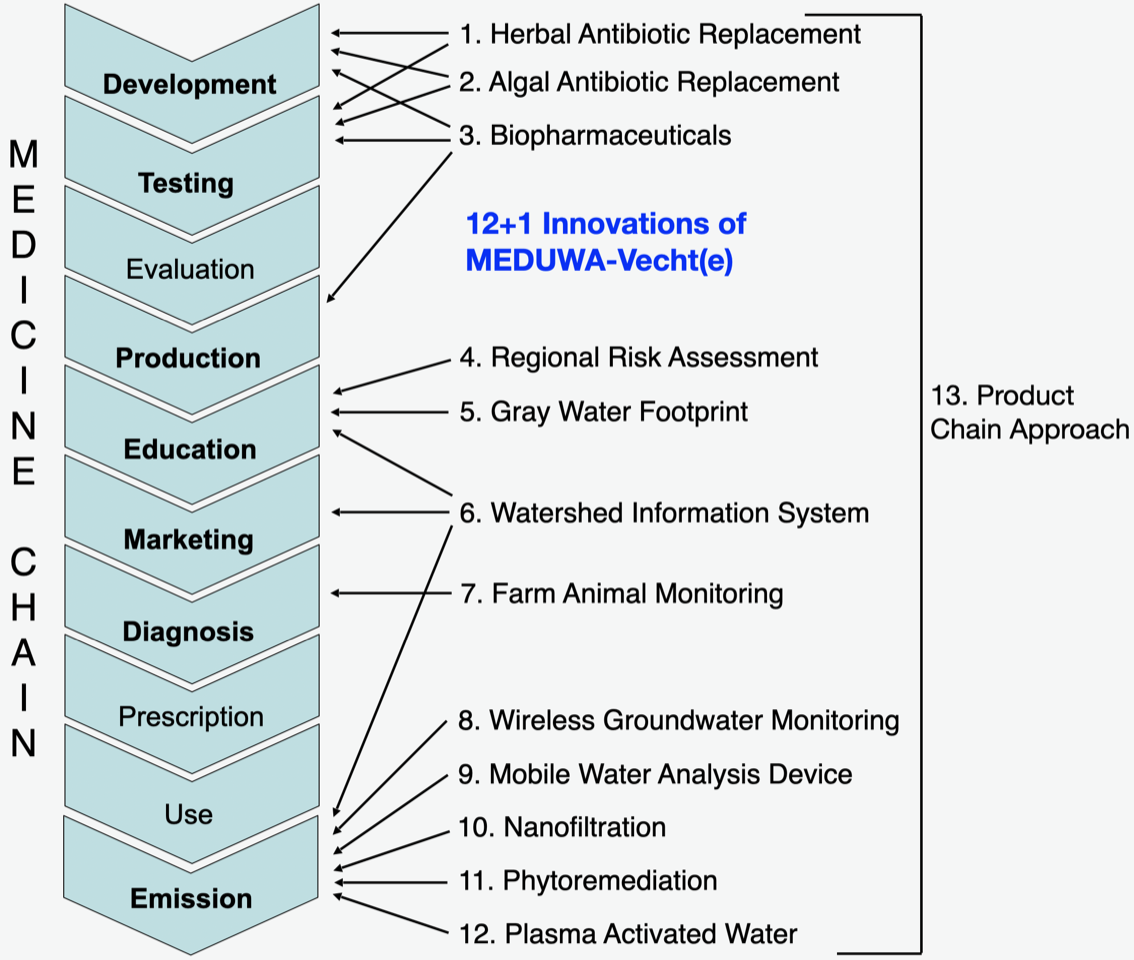
Green pharmacy
The MEDUWA project was linked to the principles of green pharmacy. Green pharmacy is aimed at reducing the social and ecological footprint of medical care for humans and animals. Each link in the human and veterinary medicine chain has different actors, needs, policies and priorities. Nevertheless, an integral package of measures needs to be developed together. A form is also needed in which different actors can communicate with each other.
Watershed Information System (WIS)
In order to stimulate the development of integrated measures and communication, the river basin information system (Watershed Information System, WIS) was developed within MEDUWA. Via the WIS, products and measurement results from several subprojects are linked. With the WIS, the effectiveness of often drastic and/or costly emission-reducing measures can be determined in advance. Participating companies used this information system to test and market the effectiveness of their products.
For more information about the WIS, see link.
One Health
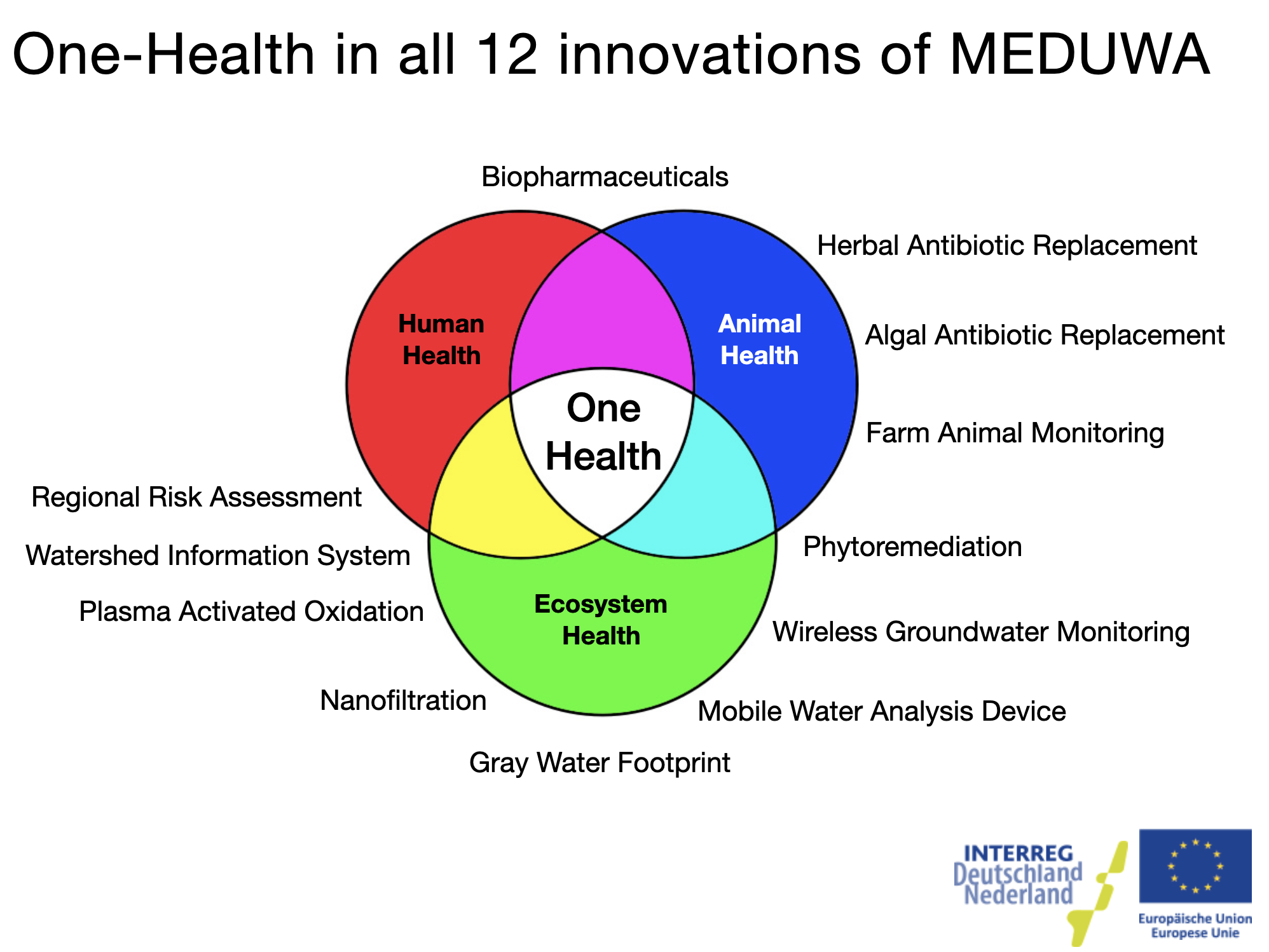
SDGs
